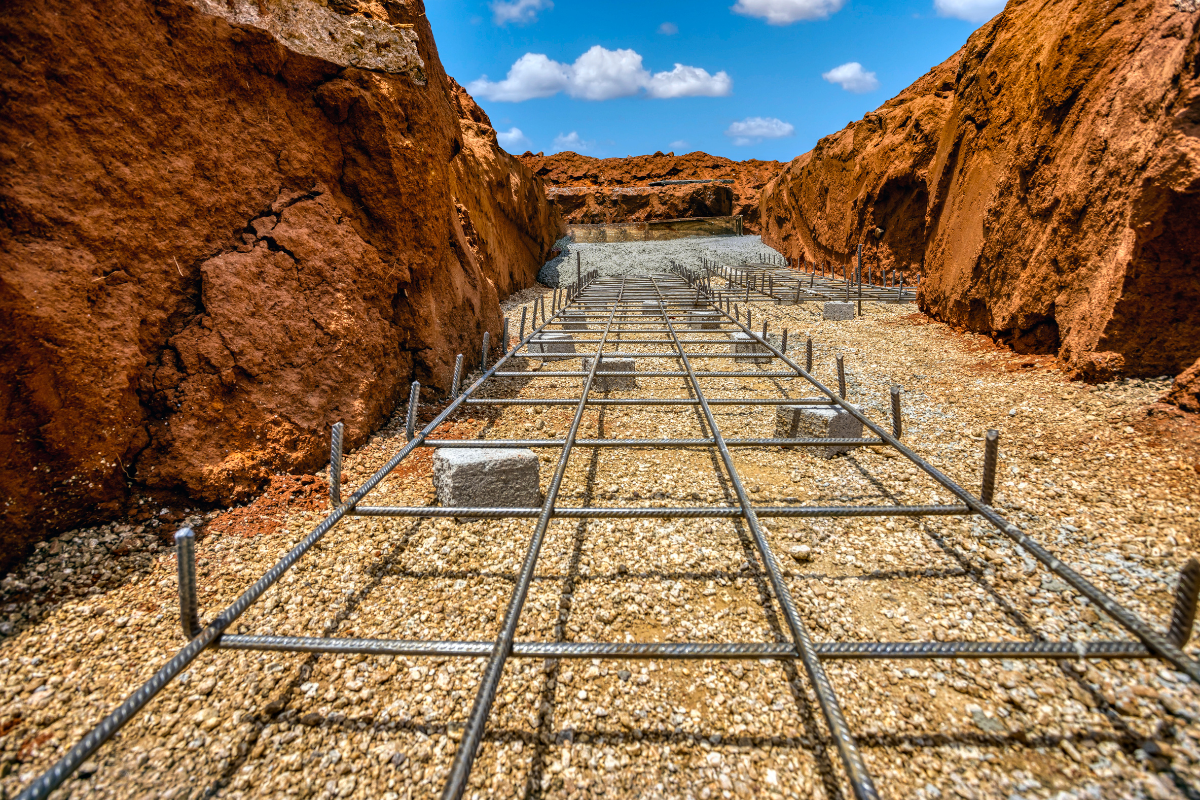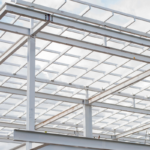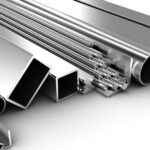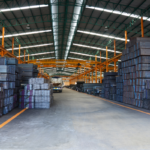In the world of building and infrastructure, the things we use significantly impact how well they work, how long they last, and how safe they are.
For a long time, steel has been the most common way to reinforce concrete. But as the industry changes, more and more benefits are looking to fiberglass rebar as an option.
Fiberglass, FRP or GFRP rebar, is a composite material. That implies it’s formed of two or more components that, when mixed, generate a product with qualities separate from the original ingredients.
GFRP materials, in this instance, include fibers (like glass) and a polymer matrix. This piece will explore the reasons for this change and why you might want to use fiberglass rebars in your future project.
Post Contents
1. Lighter And Stronger Than Steel
A high-quality GFRP rebar weighs around 131 pounds per cubic foot. Conversely, steel rebar weighs more than three times as much.
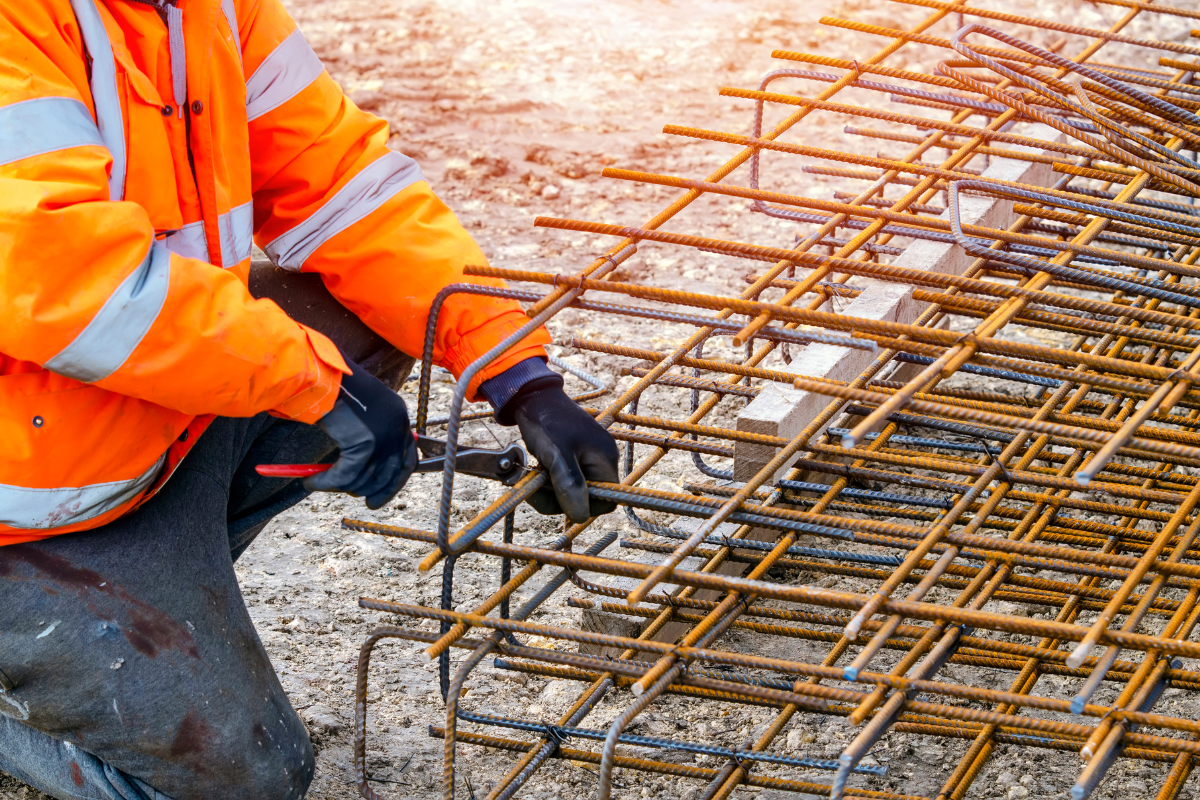
In construction, weight is crucial as it impacts the time and work necessary to install the reinforcement.
While GFRP may take minutes, heavier rebars may take hours to complete. Although it varies according to the job, GFRP is much quicker.
Additionally, GFRP is stronger than steel since it has superior compressive, tensile and fatigue strength. The tensile strength of steel rebar is 450 MPa, and it decreases at high temperatures.
For example, temperature changes may cause steel to become brittle. However, GFRP has a stable tensile strength in all weather conditions, ranging from 1275 to 10,000 MPa.
It is a wonderful substitute for steel and other conventional reinforcements because of its low weight per volume.
2. Versatile Functions
FRP rebar may be utilized in various applications, including maritime constructions, IT and medical buildings.
It is a non-conductive and non-magnetic building material excellent for medical and scientific establishments.
FRP rebar often comes in coils measuring between fifty and one hundred meters in length.
Simply cut the bars to the necessary lengths and use the weakest areas as the connectors when you wish to strengthen them.
It is thus simple to employ in a variety of applications. Furthermore, the reinforcement has a lower heat conductivity than other materials like steel.
This feature, particularly useful in cold temperature regions, enables construction without cold bridges. Being frost-resistant comes in useful and saves you the trouble.
3. Save Money and Time
Although the initial cost of GFRP rebar may be more than steel per unit, the long-term savings show something else.
In the long term, the cost of GFRP rebar typically proves to be more cost-effective due to the decreased need for maintenance and repairs and the efficiency of shipping and installation.
Typically, maintenance costs increases the amount spent on cheap concrete reinforcing bars. Sustainability is one of the most significant problems for steel rebar projects.
Fiber rebar improves sustainability by rendering concrete buildings invulnerable to corrosive chemicals.
Ensure you are utilizing the proper materials for your building projects that might save you money and time in the long term.
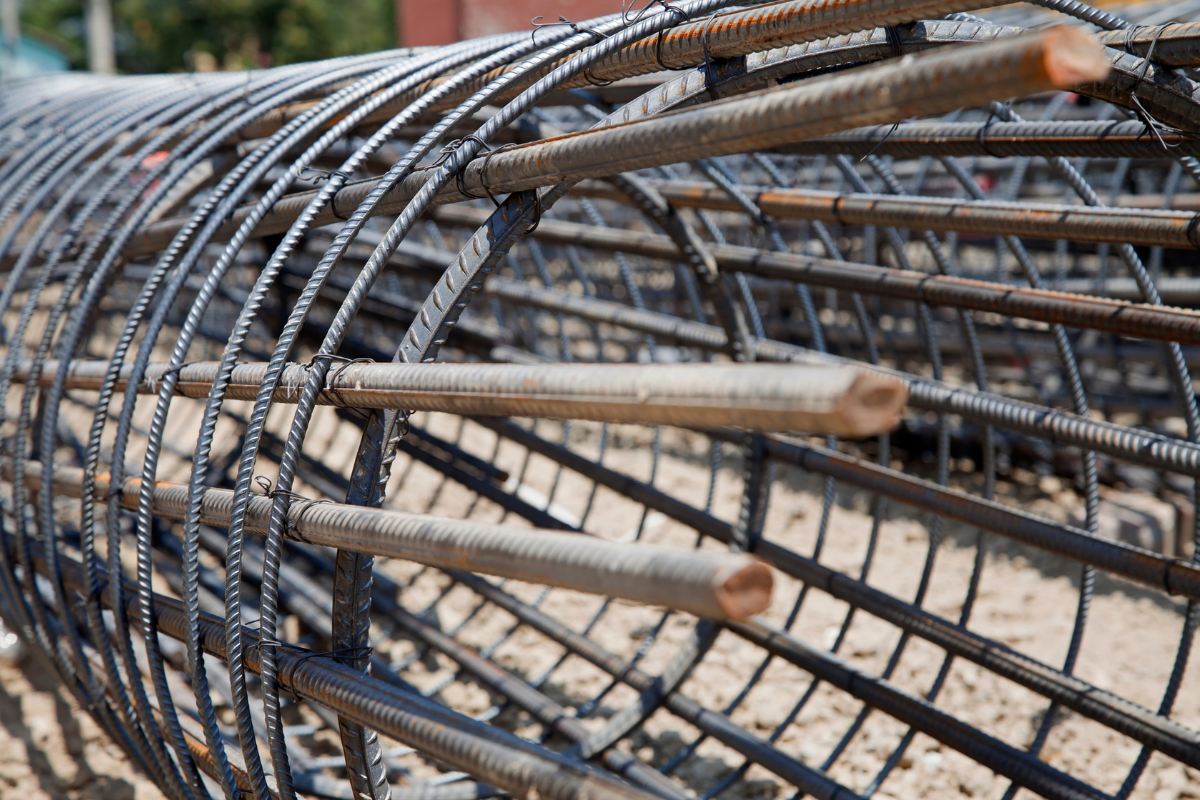
4. Excellent Tensile Strength
FRP rebar can endure the forces that resulting concrete the pouring process because of its tensile strength. As a result, this material can be suitable for construction purposes.
This further contributes to its cost-effectiveness as a material with exceptional resistance to high temperatures and forces.
Additionally, FRP rebar is highly flexible, allowing the structure to adapt to any environmental changes.
5. Lowers Shrinkage and Cracking
High temperatures are experienced on building sites while using FRP rebar. The fiberglass’s resin layer will melt when heated, joining the reinforcing steel.
This lessens the structure’s tendency to shrink and fracture. Parking garages also often employ fiberglass because of its strong resistance to corrosion, mildew and fire.
6. Longer Lifespan
Corrosion resistance is one of the main reasons why many people choose GFRP rebar over steel rebar. The GFRP rebar has a long service life since its resin prevents the steel from rusting.
The rebar can withstand high temperatures and won’t rust. Furthermore, this material’s resin is biocompatible.
GFRP rebar exposure may last throughout a person’s life without causing ill effects since it has no proven health risks.
Parting Words
Reinforced GFRP rebar is the most resilient, dependable and disaster-resistant structural material.
In recent decades, advancements in reinforcement technology have provided concrete with a tensile strength component.
To this end, materials like glass fiber-reinforced polymer (GFRP) have emerged as viable alternatives to rebar.
Builders should contemplate glass fiber reinforced polymer (GFRP) as a viable alternative to steel rebar due to its superior corrosion resistance, lower weight and, most significantly, surpassing steel in tensile, compressive and fatigue strength.







